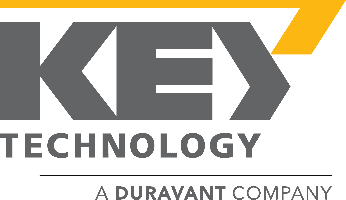What is the Role of Meat Equipment in Modern Food Processing
In today's fast-paced food processing industry, the role of Meat Equipment has become increasingly pivotal. As consumers demand higher quality products and greater food safety standards, meat processing facilities are turning to advanced machinery to enhance efficiency and improve output. From cutting and grinding to smoking and packaging, specialized Meat Equipment streamlines operations and ensures consistency in product quality. Modern technology not only boosts production capabilities but also integrates digital solutions that provide real-time monitoring and data analysis, facilitating better decision-making and waste reduction. This article will delve into the various functions of Meat Equipment in contemporary food processing, offering valuable tips for optimizing its use and maximizing productivity in meat processing facilities.
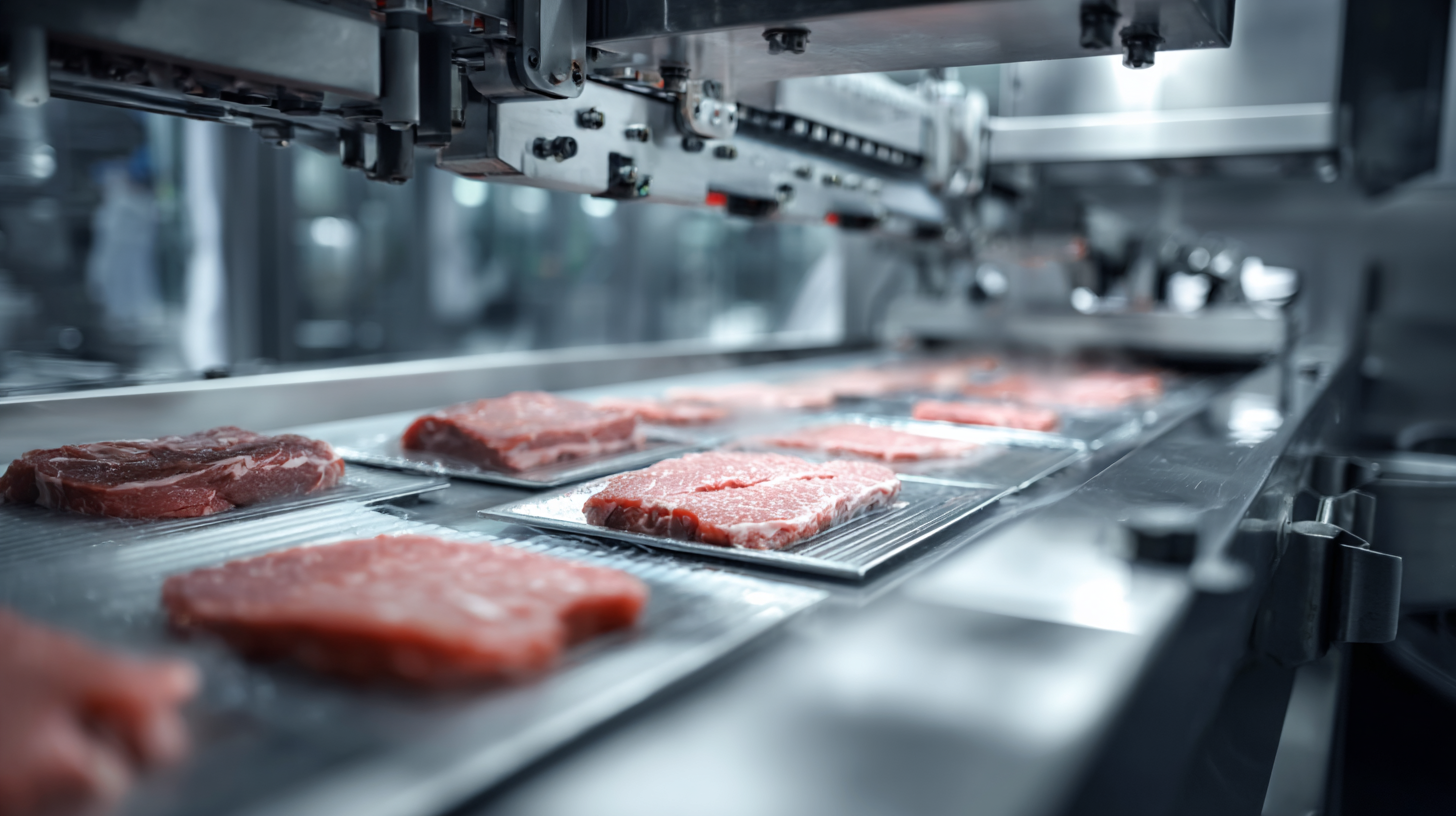
The Essential Functions of Meat Processing Equipment in Today's Food Industry
The essential functions of meat processing equipment in today's food industry are pivotal for ensuring efficiency, safety, and quality in meat production. Modern food processing relies heavily on advanced machinery such as grinders, slicers, and vacuum packaging systems. According to the Food Processing Machinery Market Analysis by Mordor Intelligence, the global meat processing equipment market is projected to grow at a CAGR of 7.2% from 2021 to 2026, driven by increasing demand for processed meat and a rising consumer awareness of food safety.
In meat processing, equipment plays a critical role in maintaining hygiene and minimizing contamination. High-performance machines equipped with sensors and automation technology help streamline operations, ensuring consistent product quality while optimizing resource usage. Moreover, reports from the United States Department of Agriculture (USDA) reveal that proper processing techniques facilitated by advanced equipment can reduce waste by up to 25%, which is critical as the industry strives towards sustainability. As food safety regulations become more stringent, the role of meat processing equipment will continue to expand, making it a cornerstone of modern food production systems.
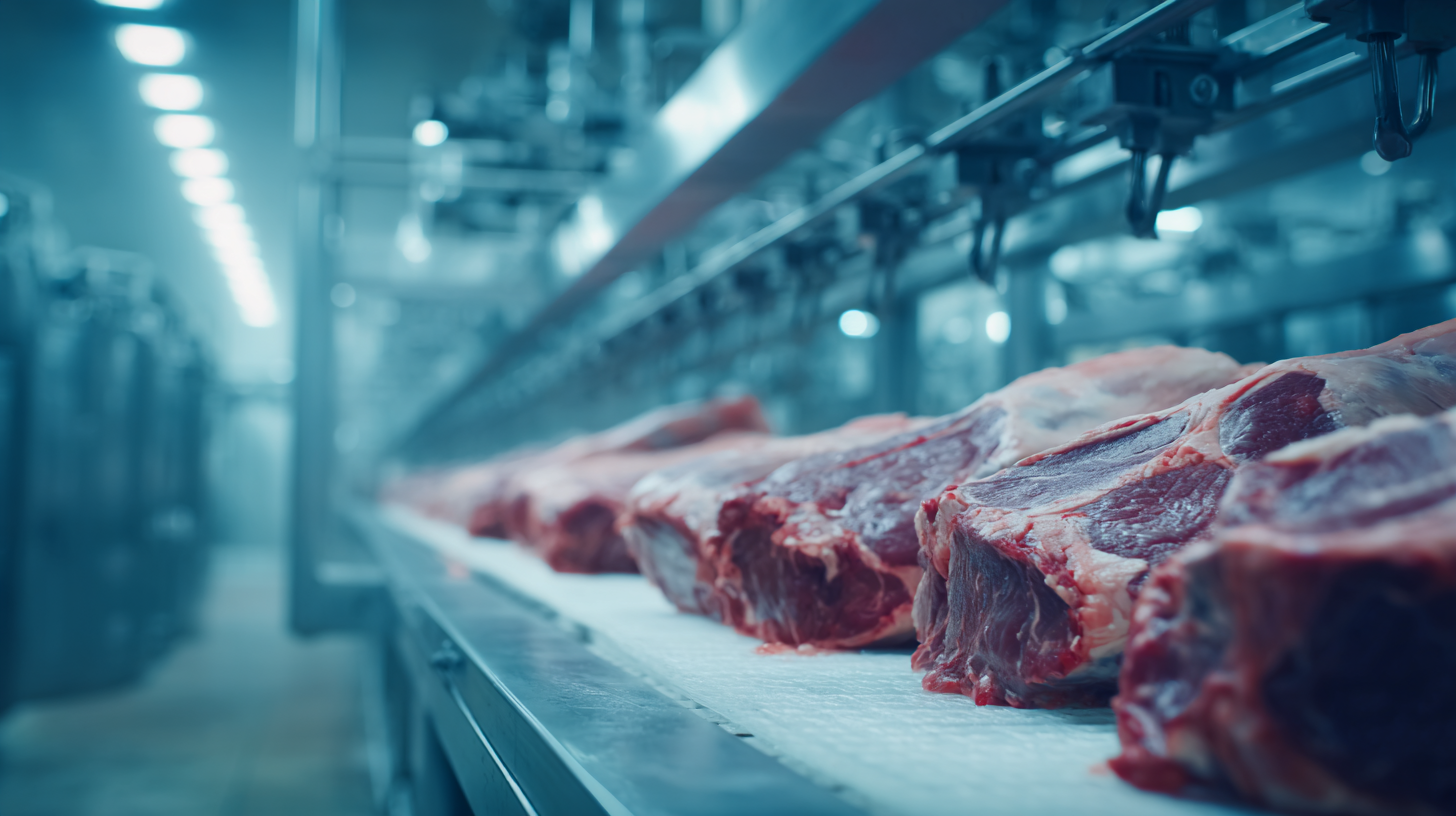
Key Technologies Enhancing Efficiency in Meat Production Facilities
In modern food processing, especially within meat production facilities, the integration of advanced technologies is paramount for enhancing efficiency. Key technologies such as automation, precision cutting tools, and real-time monitoring systems facilitate smoother operations. Automated cutting and packaging equipment significantly reduce labor costs and increase throughput, enabling producers to meet rising consumer demand effectively. Furthermore, the implementation of data analytics and IoT devices allows facilities to track production metrics and maintain optimal conditions for meat processing, ultimately improving product quality and safety.
The shift towards sustainable practices also influences the development of meat processing equipment. Innovations like energy-efficient machinery and waste reduction technologies not only enhance productivity but also support environmental goals. As the global food processing and handling equipment market is projected to grow from $124.85 billion in 2025 to $183 billion by 2032, the emphasis on such technologies will play a critical role in shaping the future of meat production. These advancements align with the broader trends in the industry, ensuring that meat production adapts to modern challenges while meeting the high expectations of consumers.
What is the Role of Meat Equipment in Modern Food Processing - Key Technologies Enhancing Efficiency in Meat Production Facilities
| Technology | Description | Efficiency Improvement | Impact on Production |
|---|---|---|---|
| Automated Cutting Machines | Machines that use advanced robotics to cut meat with high precision. | Increases cutting speed by 30%. | Reduces labor costs and minimizes human error. |
| Vacuum Packing Machines | Equipment that removes air from packaging to enhance meat preservation. | Extends shelf life by up to 50%. | Increases product quality and reduces waste. |
| Meat Tenderizers | Devices that mechanically break down muscle fibers to tenderize meat. | Reduces cooking time by 20%. | Improves consumer satisfaction with product texture. |
| Grinding Equipment | Machines designed to grind meat to specified consistency. | Doubles grinding speed compared to manual methods. | Enhances production of processed meat products. |
| Smokehouses | Controlled environments for smoking meats, improving flavor and preservation. | Streamlines smoking process by 25%. | Increases variety and quality of product offerings. |
Impact of Advanced Meat Equipment on Food Safety and Quality Standards
The role of advanced meat equipment in modern food processing is pivotal, especially concerning food safety and quality standards. As the meat industry faces increasing demand for efficiency and compliance with stringent safety regulations, the utilization of state-of-the-art machinery has become essential. These advanced systems not only streamline production but also enhance the traceability and monitoring of food products throughout the processing chain. By implementing technologies such as automated temperature controls, advanced sensing equipment, and precision cutting tools, processors can significantly reduce the risk of contamination and ensure consistent quality.
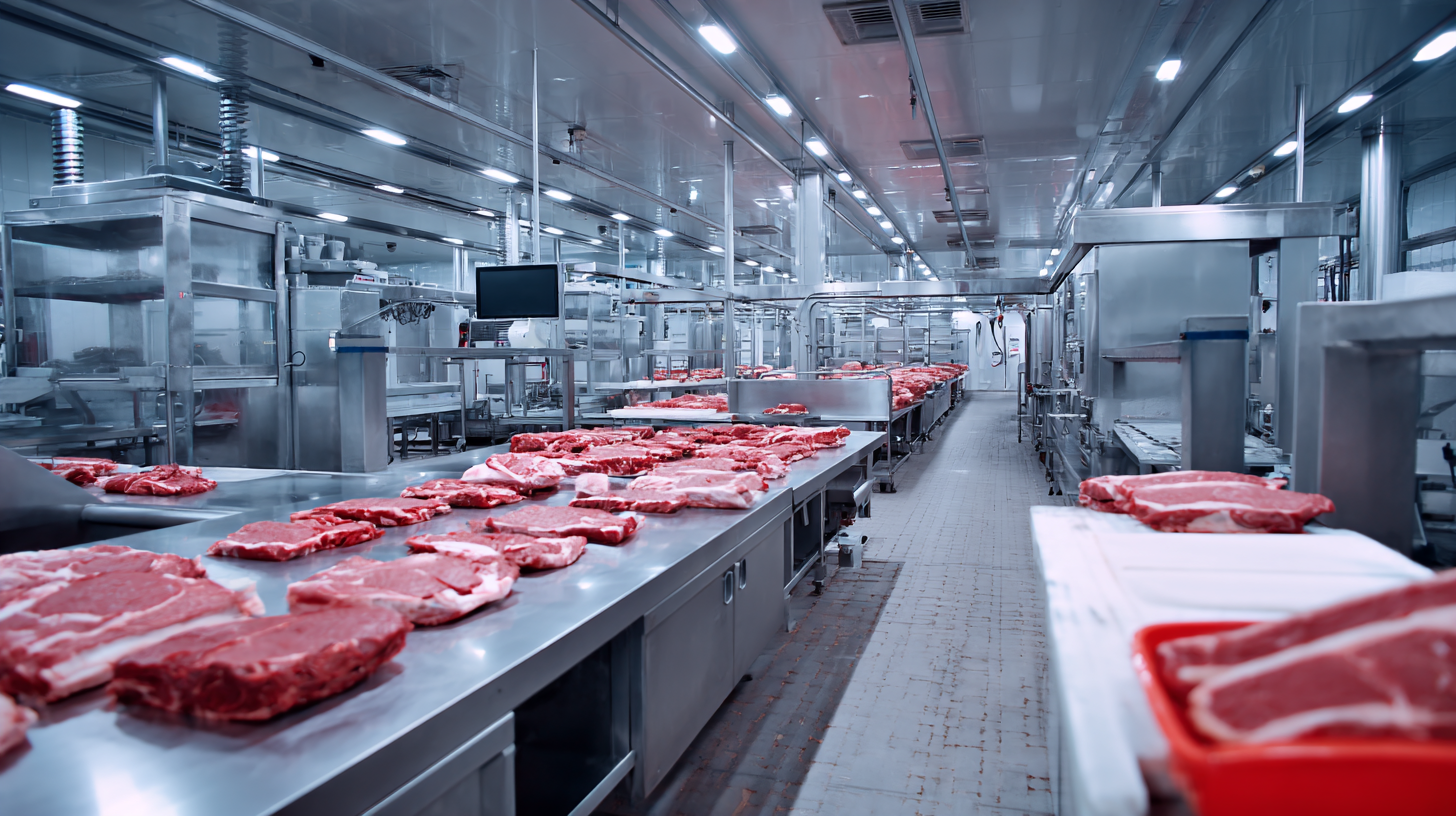
Furthermore, the impact of such equipment extends to meeting consumer expectations for food safety. Modern meat processing technologies often incorporate systems that detect pathogens or spoilage indicators in real-time, thereby preventing tainted products from reaching the market. This proactive approach not only protects public health but also helps maintain the integrity of the brand. With rigorous quality assurance protocols supported by advanced technology, meat processing facilities can adhere to or even exceed established safety standards, reaffirming their commitment to providing high-quality products in an increasingly competitive landscape.
The Role of Automation in Modern Meat Processing Operations
Automation has become a cornerstone in modern meat processing operations, transforming how the industry approaches efficiency, consistency, and safety. By integrating advanced technologies such as robotics and automated systems, processing plants can handle large volumes of meat products while minimizing human error. These automated systems perform tasks ranging from cutting and packaging to quality control, ensuring that meat products meet rigorous health and safety standards.
Moreover, automation in meat processing significantly enhances productivity and reduces labor costs. With machines designed to streamline repetitive tasks, workers can be reassigned to more value-added roles, such as oversight and maintenance. This shift not only optimizes the workforce but also improves overall operational efficiency. As technologies continue to evolve, the implementation of automation in meat processing will likely increase, driving innovation and meeting the growing demand for high-quality meat products in an increasingly competitive market.
Trends in Automation and Meat Equipment Usage in Food Processing
Trends in Sustainable Practices with Meat Equipment Innovations
As the food processing industry increasingly embraces sustainability, innovations in meat equipment play a pivotal role in transforming practices. Modern meat processing technologies are being designed to minimize waste, conserve energy, and reduce water usage. For instance, advanced meat slicers and grinders are equipped with efficiency modes that optimize power consumption, ultimately leading to lower carbon footprints and operational costs for facilities.
Moreover, the adoption of smart meat equipment, which incorporates IoT (Internet of Things) capabilities, allows for real-time monitoring of processes. This technology enables meat processors to track resource usage meticulously, ensuring minimal waste throughout the production cycle. Additionally, innovations such as vacuum packaging machinery and modified atmosphere packaging help extend the shelf life of products while reducing spoilage, further aligning with sustainable objectives. Overall, these advancements in meat equipment not only enhance operational efficiency but also contribute significantly to environmental stewardship in the food processing sector.
Related Posts
-
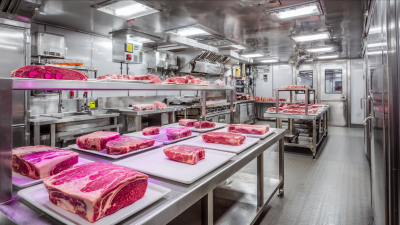
7 Secrets to Choosing the Best Meat Equipment for Your Business
-
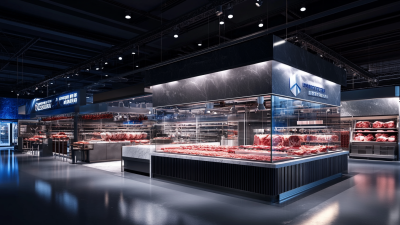
Maximize Your Meat Butcher Equipment Sales at the Record Breaking 137th Canton Fair 2025
-
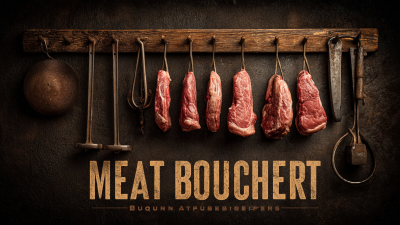
How to Choose the Best Meat Butcher Equipment for Your Business Needs
-
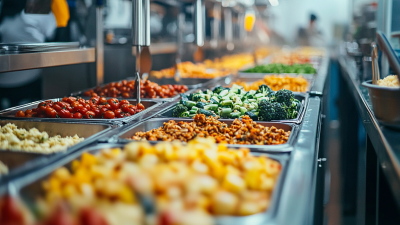
10 Facts Influencing the Growth of Food Processing Industry Equipment in 2023
-

The Future of Pet Food Processing Equipment Innovations Shaping the Global Market
-

7 Best Practices for Optimizing Pet Food Processing Equipment Efficiency



